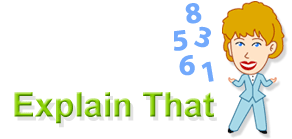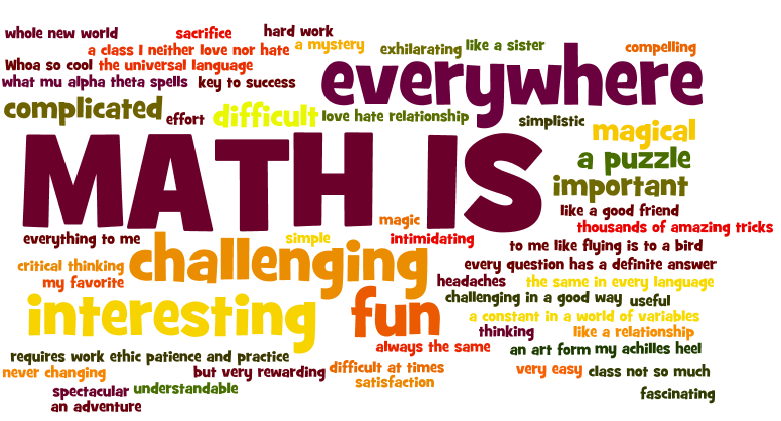After giving students an entrance ticket all week and monitoring their addition and subtraction skills, I decided it was time for review. We completed a problem-solving page that required the students to add or subtract across large numbers.
I insisted that students solve two problems at a time then let me check their work. This is done so that I can catch issues quickly and give immediate feedback. If a student had an incorrect answer, we were able to pinpoint the issue.
- Sometimes they read the problem incorrectly which led to using an incorrect number.
- Sometimes digits were written out of order when the problem was written on the grid paper.
- Sometimes there was a single digit that was incorrect.
I also asked the students to solve an addition problem using estimation. One they completed the problem, I asked them to explain how they solved the problem. I reminded them that good mathematicians "plan how to organize a solution," (Build a Better Math Response) so they needed to explain every step in words. This is still a work in progress, but these were MUCH better than our first time out!
We have a three day weekend to help us
















